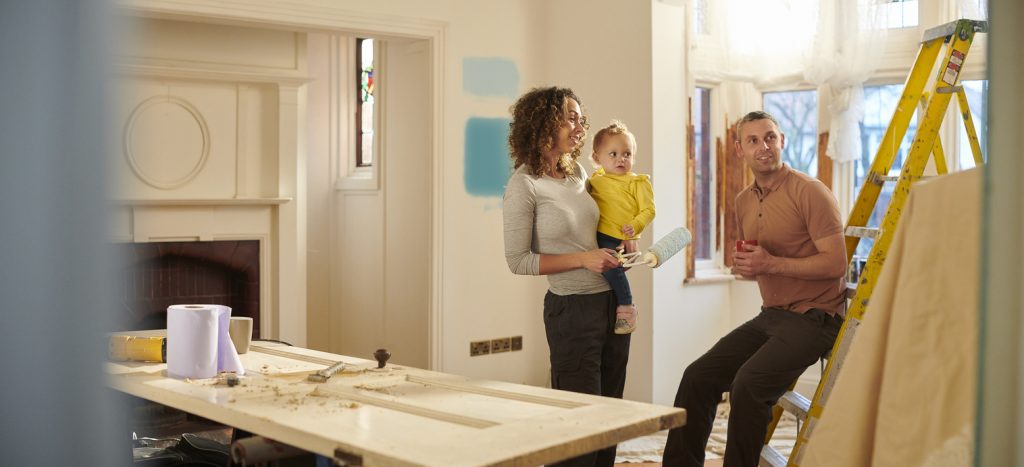By Meghan Belnap
It's the dream of many investors to finally break into the house flipping market. They read a book or two by those already flipping homes (investors writing about living the life of a flipper), and on the surface, it all sounds like something anyone could do.
Related: 5 House Flipping Expenses to Plan For
The excitement created by understanding a little about the industry makes some investors even consider making house flipping their full-time career. The problem is that house flipping can require a substantial amount of capital to get started, and this is the first major snag everyone faces. Here are some ways to navigate that issue:
Working a Second Job
To amass the capital required to become a flipper, many investors start out by working a second job. All the money from their second job goes into savings as they wait for the day when they can get a couple deals under their belt. This is the slow and safe way to afford becoming a house flipping investor, but it's not necessarily the best way to achieve such a career goal.
Other People's Money
In the house flipping industry, there's an old adage that explains how most people come to afford their way into deal after deal. It states: "If you do not have enough of your own money to work a deal, then use other people's money (OPM)." One way to do this is to look into fix-and-flip loans as a way to get a foot in the door. But, in order to use this strategy, an investor doing so must be ready to hustle and turn a profit on a flipping opportunity quickly to gain momentum.
Flipping Contracts
Many people start out as investors with very little money to work with out of the gate. One way to slide into a house flipping opportunity is to learn how to flip a contract. Generally, this means putting a house under contract with an addendum which allows the person controlling the contract to assign it to a third-party buyer or investor they already have lined up. In the process, they pocket the difference between how much the original owner is selling the house for and how much the buyer is willing to pay to have the contract assigned to them.
Assuming a Pre-Existing Mortgage
If a homeowner is about to go into foreclosure, then it's often possible to work a deal where the individual prevents major damage to their credit by putting a home flipper on the title and allowing them to take over the payments on the home. In most cases, the occupant must move out of the home in order to get a renter into the home to help the flipper cover the cost of the monthly payments. After renting the home out for a while, this builds more equity into the home to ensure it will turn a higher profit when it comes time for the flipper to sell the home.
There are many home flipping strategies that require little or no money to make the deal happen. Many flippers start out by flipping contracts and talking their way onto the title of a home going into foreclosure, because these strategies tend to be affordable even when there's not much capital to put down on a property. The most important thing to remember, however, is that there are risks involved. Every career flipper should have a proven system, do their due diligence on every deal and have an exit strategy in hand in case something goes wrong.
 Meghan Belnap is a freelance writer who enjoys spending time with her family. She finds happiness in researching new topics that help expand her horizons. Looking for a fix-and-flip loan? Belnap recommends working with Constructive Loans.
Meghan Belnap is a freelance writer who enjoys spending time with her family. She finds happiness in researching new topics that help expand her horizons. Looking for a fix-and-flip loan? Belnap recommends working with Constructive Loans.









Really interesting read! I feel taking hard loans can also be great for investing in flipping. You do no need to have a great credit score to get them, and there is no early payment penalty. Plus, the loans get approved really quickly.